Donald Trump tweet-insults Carrier union official by name, blames unions for offshoring
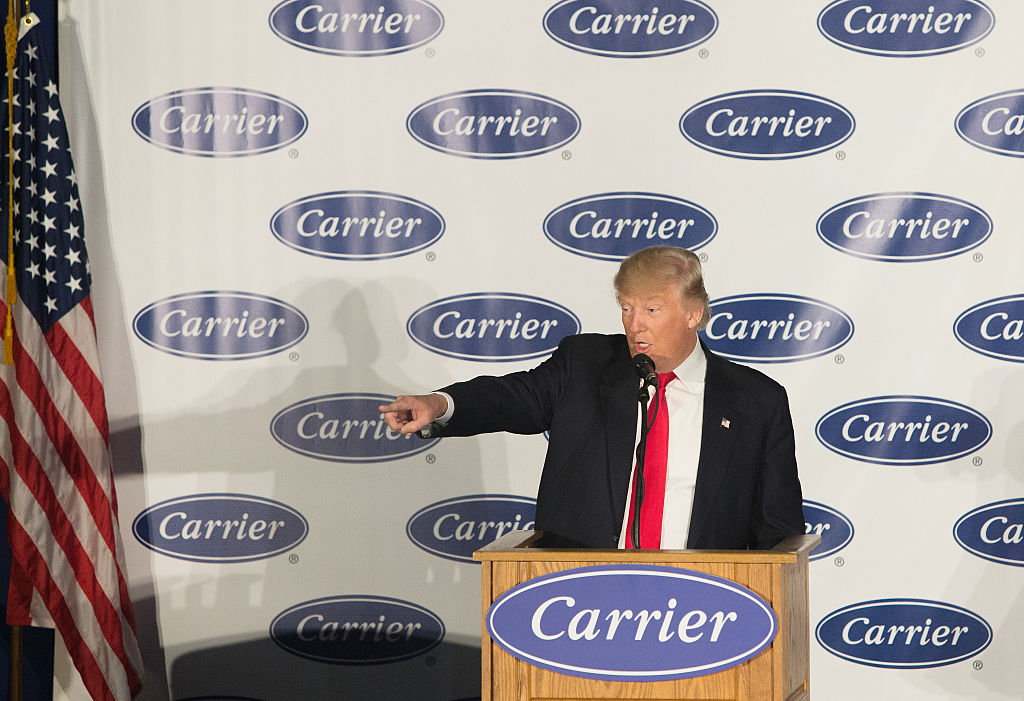

The president-elect of the United States, it appears, does not take criticism well.
Jones, who represents the employees at the Carrier factory and other plants in Indiana, had said that Trump lied about the number of jobs being saved when he took credit for the deal — Trump said that 1,100 jobs slated to move to Mexico will be kept in Indiana, when the real number is about 800 — and pointed out that his union is still losing 550 jobs at the factory while Carrier gets $7 million in tax breaks.
When someone called Jones on his flip-phone to tell him that Trump was criticizing him on Twitter, "my first thought was, 'Well, that's not very nice,'" he told The Washington Post on Wednesday night. "Then, 'Well, I might not sleep much tonight.'" Then the threatening calls started coming in. Jones said his focus now is trying to keep the spirits of his workers up, since many of them are still getting laid off. As for Trump, "he needs to worry about getting his Cabinet filled," Jones said, "and leave me the hell alone."
The Week
Escape your echo chamber. Get the facts behind the news, plus analysis from multiple perspectives.

Sign up for The Week's Free Newsletters
From our morning news briefing to a weekly Good News Newsletter, get the best of The Week delivered directly to your inbox.
From our morning news briefing to a weekly Good News Newsletter, get the best of The Week delivered directly to your inbox.
Trump followed up his first tweet with some unsolicited advice from management to labor: "If United Steelworkers 1999 was any good, they would have kept those jobs in Indiana. Spend more time working-less time talking. Reduce dues." The New Yorker's James Surowiecki offers an alternate explanation for why United Steelworkers is losing union jobs:
Jones, for what it's worth, says a big part of his job is negotiating to keep U.S. factory jobs in Indiana. And if you don't believe him, maybe you'll believe this guy. Peter Weber
A free daily email with the biggest news stories of the day – and the best features from TheWeek.com
Peter has worked as a news and culture writer and editor at The Week since the site's launch in 2008. He covers politics, world affairs, religion and cultural currents. His journalism career began as a copy editor at a financial newswire and has included editorial positions at The New York Times Magazine, Facts on File, and Oregon State University.
-
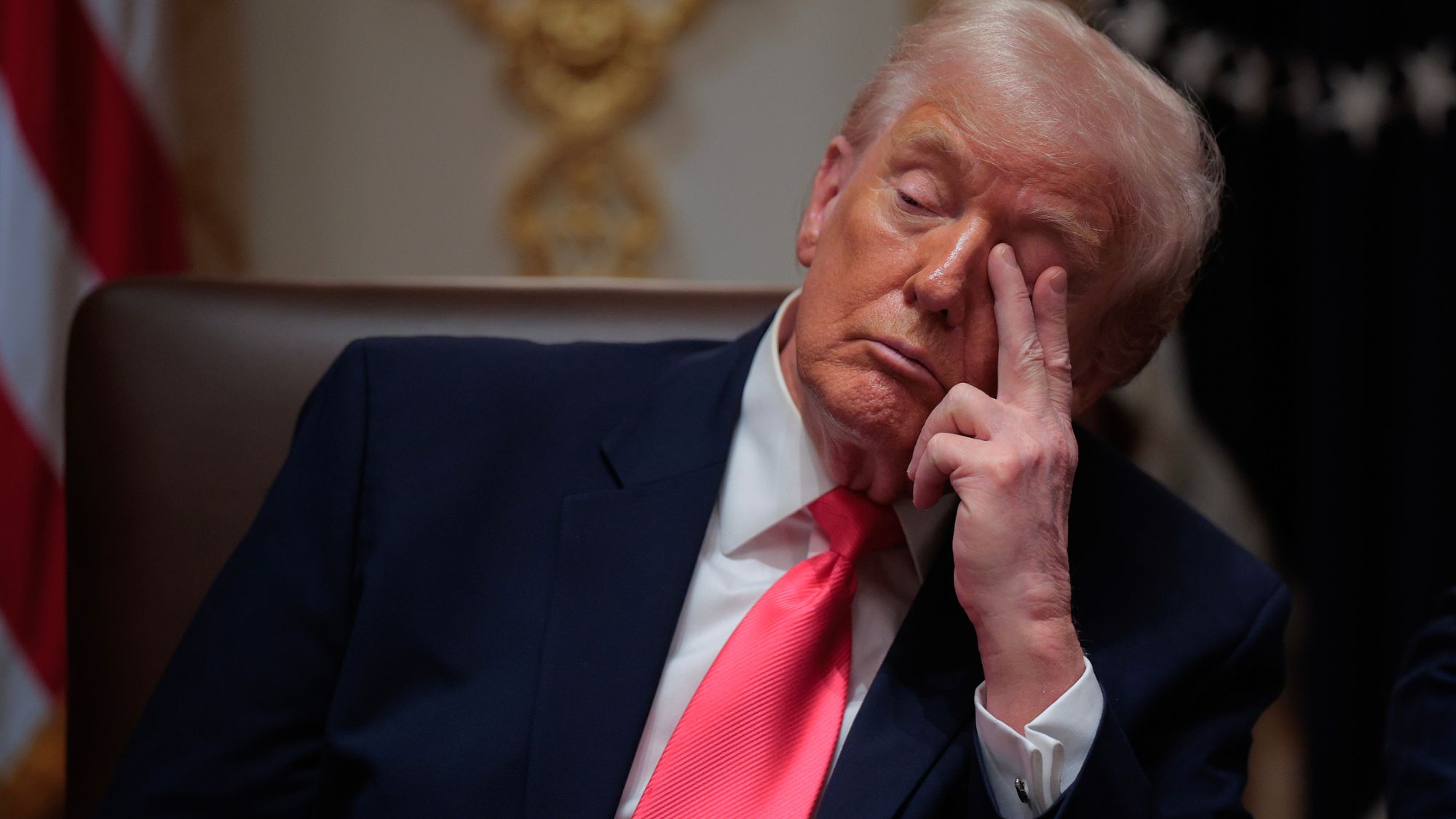 Trump’s poll collapse: can he stop the slide?
Trump’s poll collapse: can he stop the slide?Talking Point President who promised to ease cost-of-living has found that US economic woes can’t be solved ‘via executive fiat’
-
 Sudoku hard: December 7, 2025
Sudoku hard: December 7, 2025The daily hard sudoku puzzle from The Week
-
 Codeword: December 7, 2025
Codeword: December 7, 2025The daily codeword puzzle from The Week
-
 US mints final penny after 232-year run
US mints final penny after 232-year runSpeed Read Production of the one-cent coin has ended
-
 Warner Bros. explores sale amid Paramount bids
Warner Bros. explores sale amid Paramount bidsSpeed Read The media giant, home to HBO and DC Studios, has received interest from multiple buying parties
-
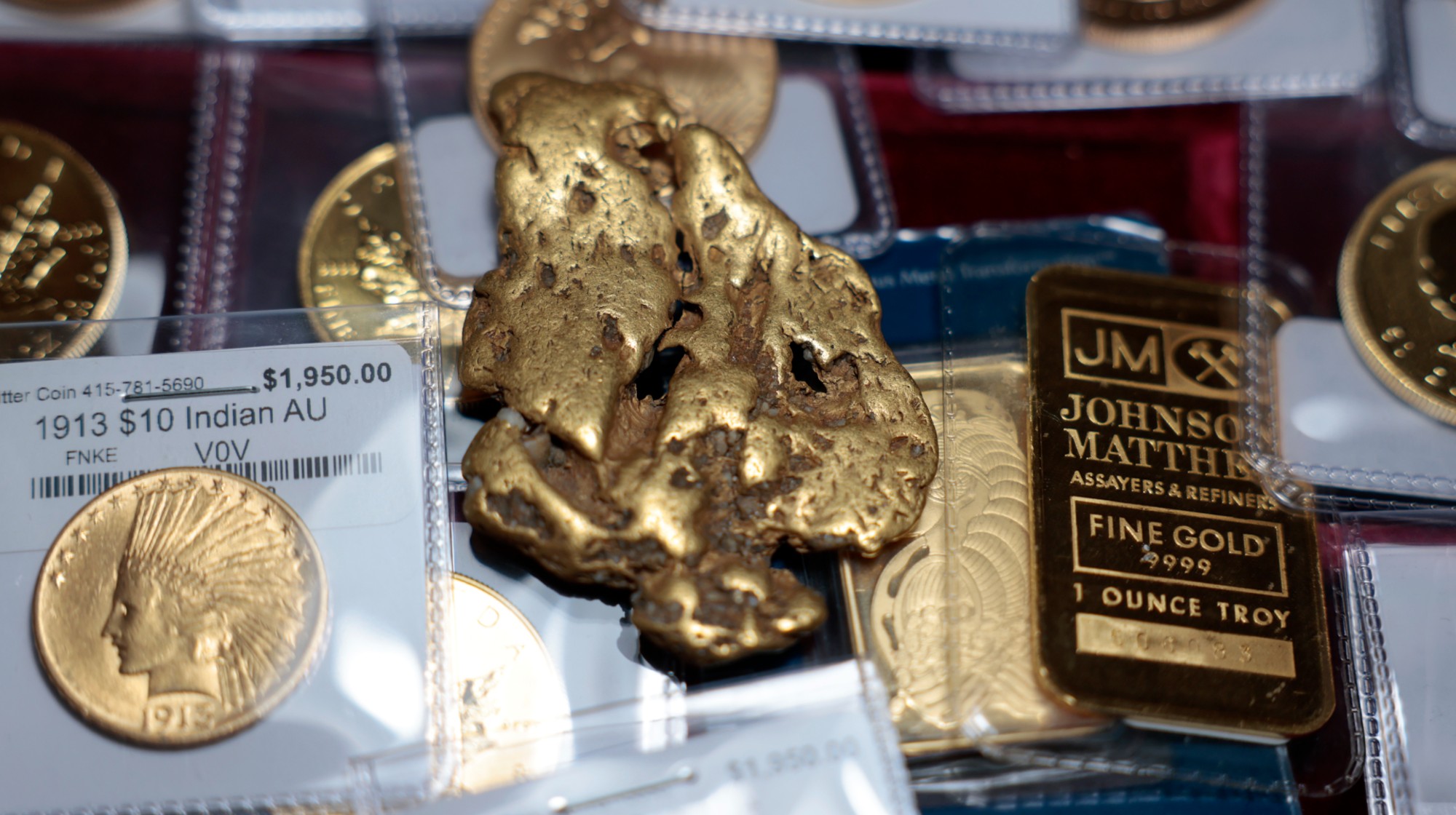 Gold tops $4K per ounce, signaling financial unease
Gold tops $4K per ounce, signaling financial uneaseSpeed Read Investors are worried about President Donald Trump’s trade war
-
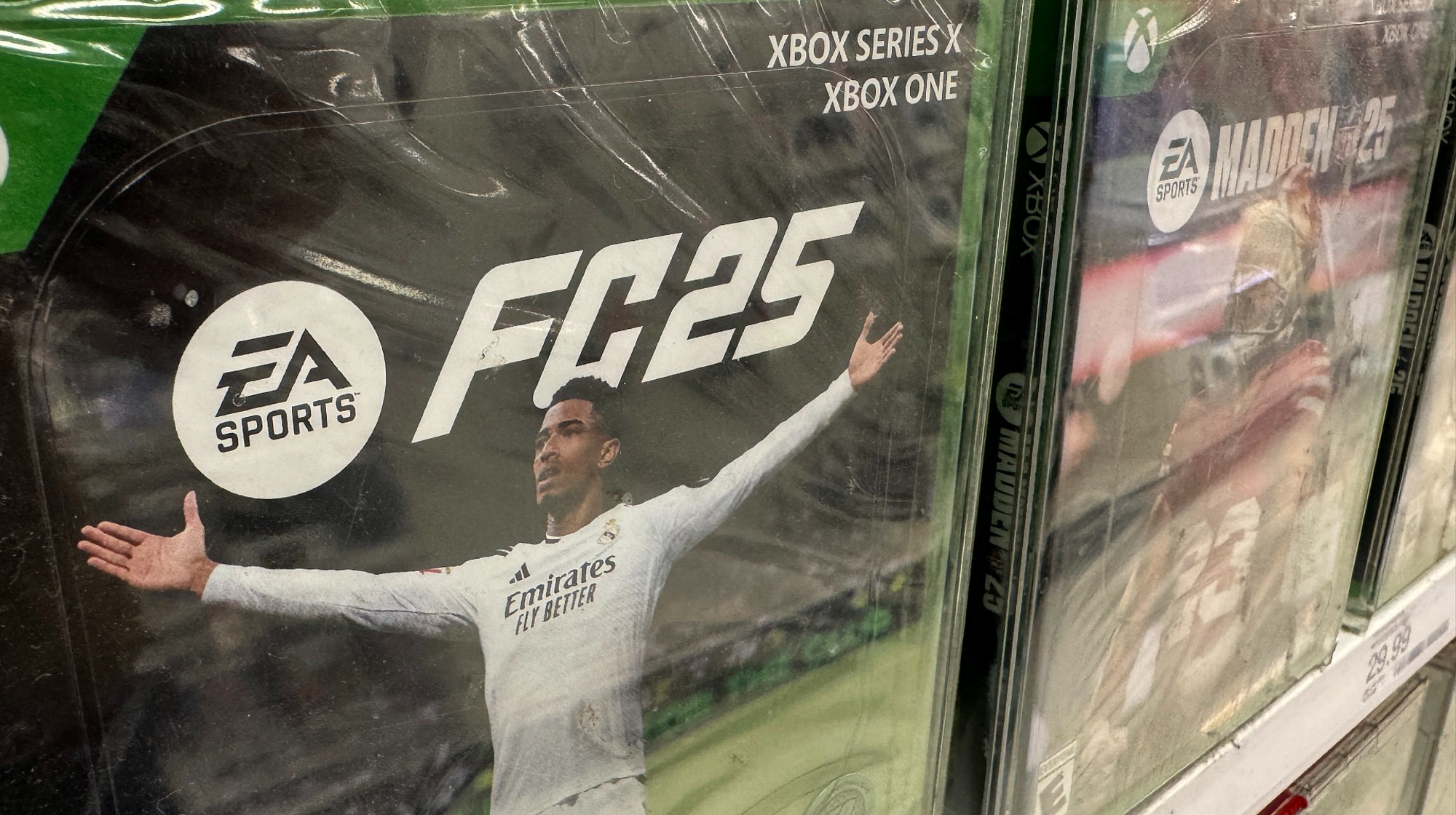 Electronic Arts to go private in record $55B deal
Electronic Arts to go private in record $55B dealspeed read The video game giant is behind ‘The Sims’ and ‘Madden NFL’
-
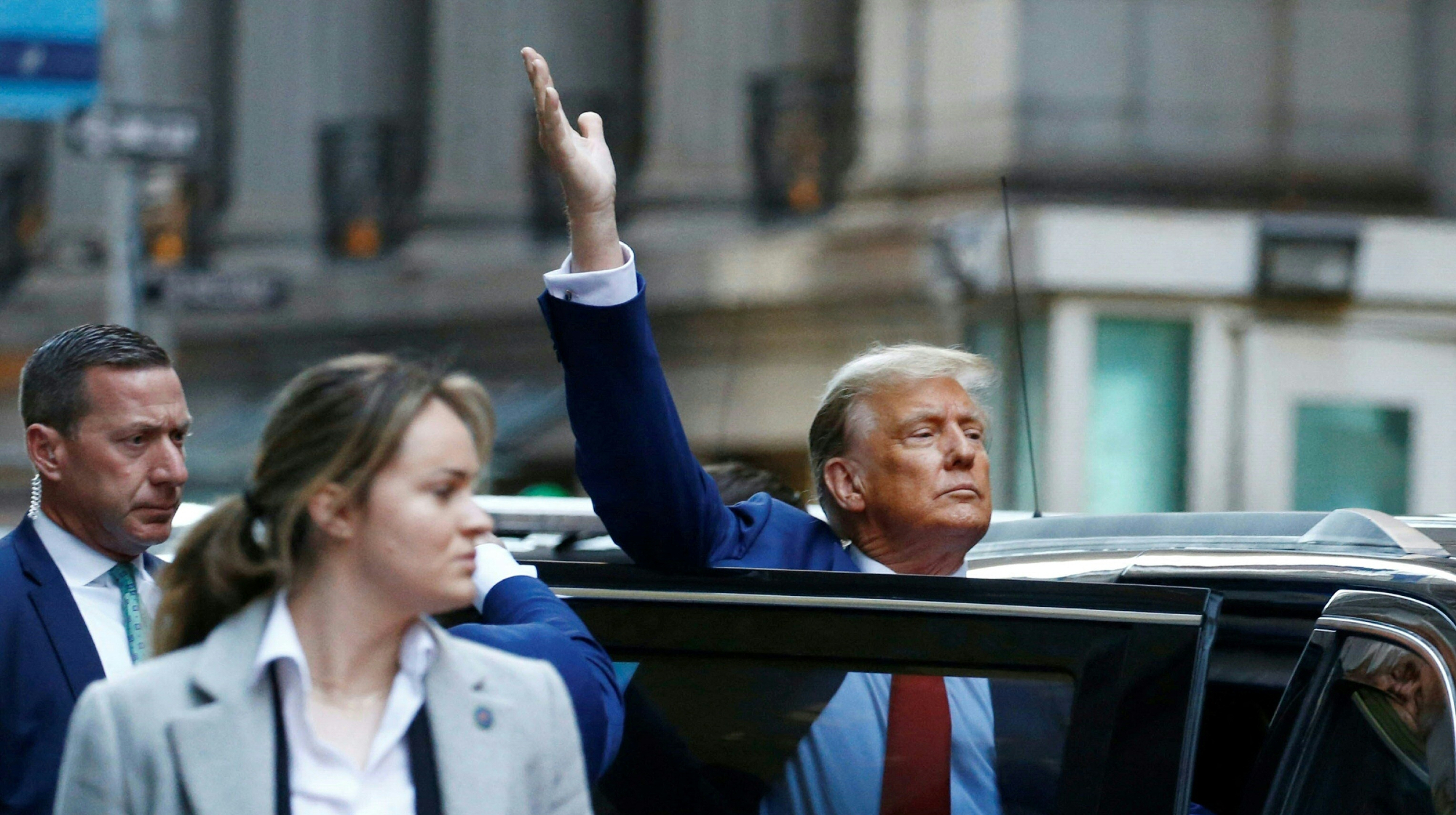 New York court tosses Trump's $500M fraud fine
New York court tosses Trump's $500M fraud fineSpeed Read A divided appeals court threw out a hefty penalty against President Trump for fraudulently inflating his wealth
-
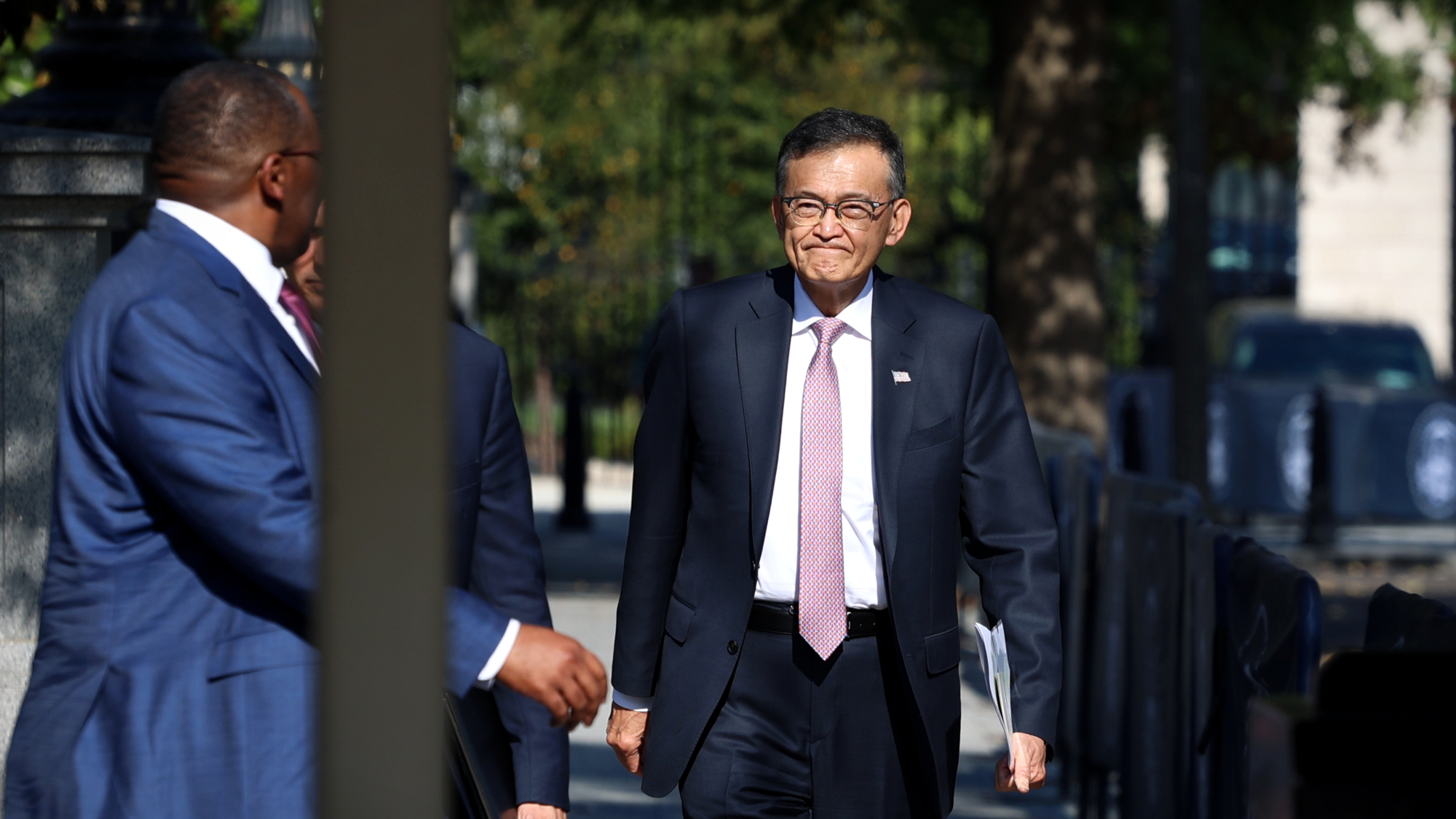 Trump said to seek government stake in Intel
Trump said to seek government stake in IntelSpeed Read The president and Intel CEO Lip-Bu Tan reportedly discussed the proposal at a recent meeting
-
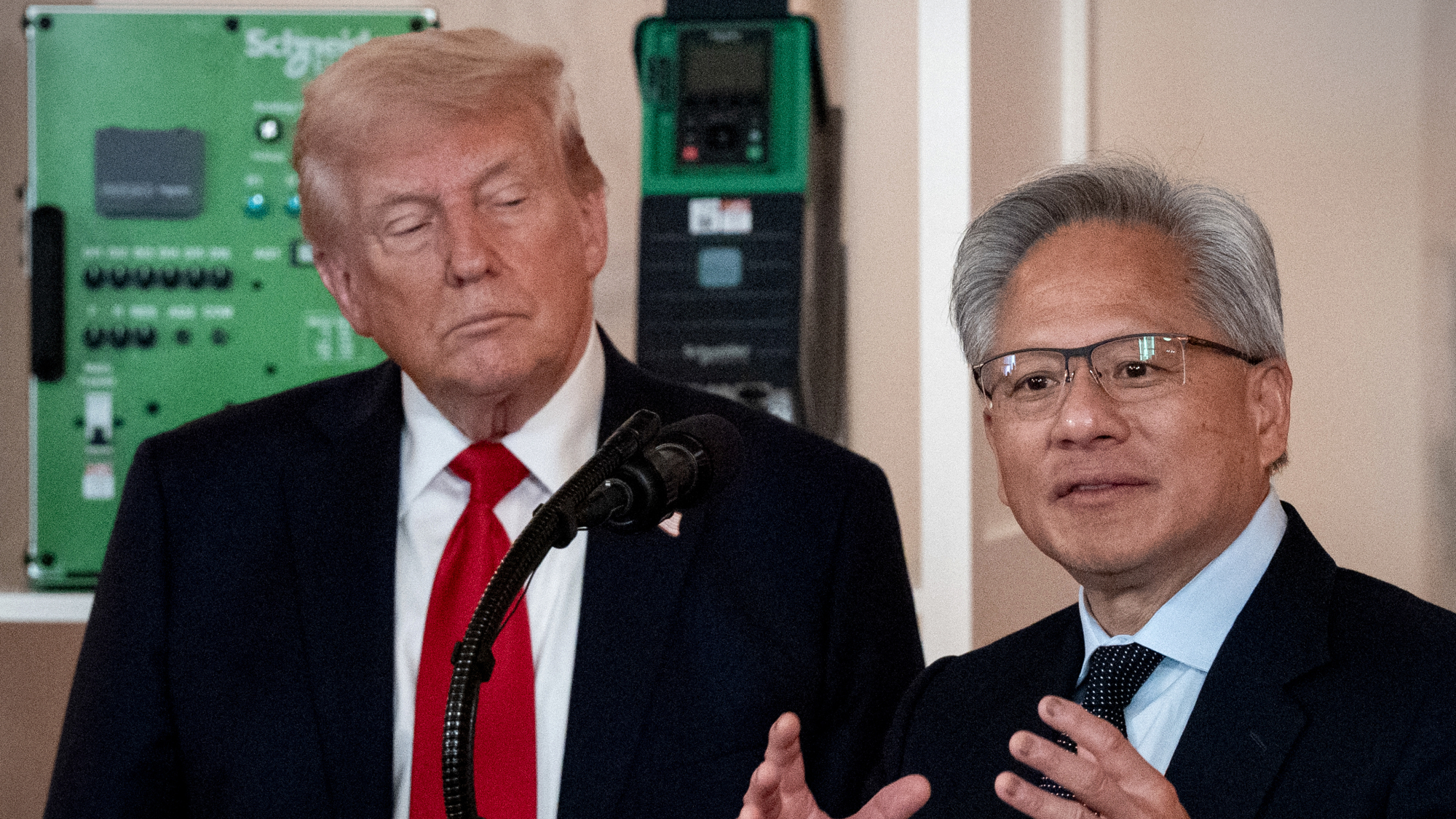 US to take 15% cut of AI chip sales to China
US to take 15% cut of AI chip sales to ChinaSpeed Read Nvidia and AMD will pay the Trump administration 15% of their revenue from selling artificial intelligence chips to China
-
 NFL gets ESPN stake in deal with Disney
NFL gets ESPN stake in deal with DisneySpeed Read The deal gives the NFL a 10% stake in Disney's ESPN sports empire and gives ESPN ownership of NFL Network
